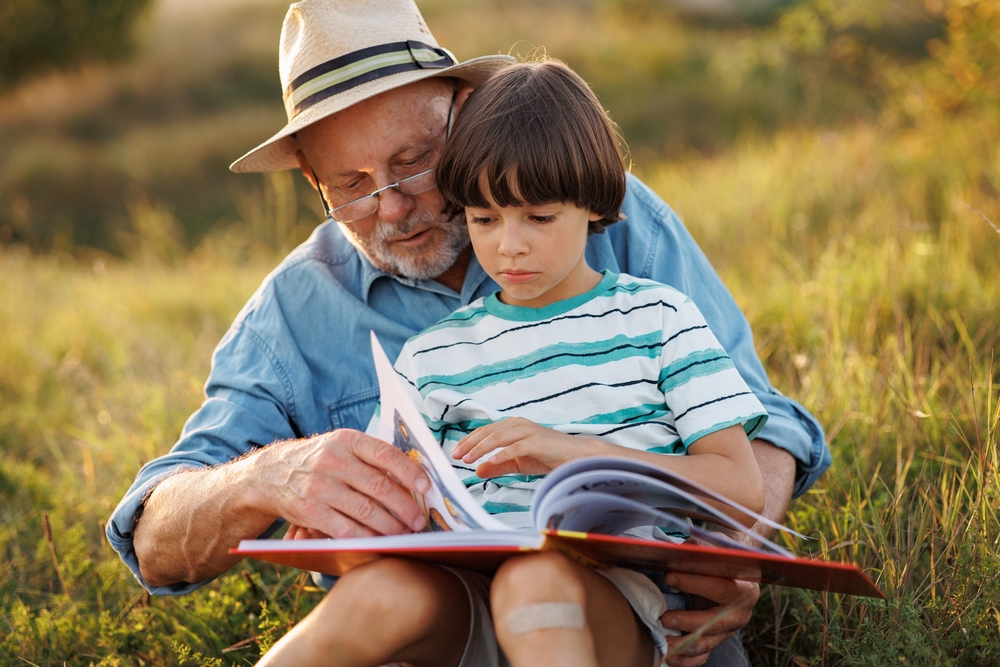Many of the stories that shaped our childhoods were far more complex than they seemed. Beneath the comforting illustrations and simple morals, classic children’s books often contain emotional triggers that linger long after the final page. These stories shaped how generations of children understood love, loss, fear, and self-worth—sometimes in ways that weren’t fully recognized until adulthood. Exploring these hidden messages helps parents and readers alike better understand why some tales still evoke strong feelings decades later. Here are six powerful examples of how emotional triggers are quietly woven into the world’s most beloved children’s classics.
1. The Fear of Abandonment in The Velveteen Rabbit
One of the most striking emotional triggers in The Velveteen Rabbit comes from its depiction of loneliness and the longing to be loved. The story follows a toy rabbit’s desire to become “real,” a metaphor for a child’s wish to feel truly seen and accepted. When the rabbit is discarded due to illness and replaced by newer toys, it captures the painful realization of being left behind. Children unconsciously connect to this fear of abandonment, especially during moments when affection feels conditional. The story’s ultimate message of transformation through love is beautiful, but it also stirs deep feelings of insecurity and hope intertwined.
2. The Burden of Perfection in Madeline
At first glance, Madeline appears cheerful and carefree, celebrating the bravery of a spirited little girl living in Paris. Yet the emotional triggers in this story lie in the subtle pressure to be the “brave one” even in frightening circumstances. Madeline’s courage during illness and danger can send the unintended message that emotions like fear or vulnerability should be hidden. For sensitive readers, this can create internal tension between the desire to be strong and the need to feel safe expressing weakness. It’s a timeless reminder that even confidence can come with emotional costs when children feel they must always perform strength.
3. Loss and Grief in Charlotte’s Web
Perhaps one of the most powerful emotional triggers in children’s literature comes from the gentle heartbreak of Charlotte’s Web. The friendship between Wilbur and Charlotte explores themes of mortality and the inevitability of change. When Charlotte dies, young readers are often faced with their first literary experience of grief, softened by the hope of legacy and continuity. The emotional depth of this story helps children process loss but also leaves a lasting imprint of sadness tied to love and friendship. It’s no coincidence that many adults still remember exactly where they were when they first cried over Charlotte’s final words.
4. Fear of Growing Up in Peter Pan
On the surface, Peter Pan celebrates eternal youth and the magic of childhood. But beneath the adventure lies one of literature’s most haunting emotional triggers: the fear of growing up and being forgotten. Peter’s refusal to age and Wendy’s eventual decision to leave Neverland highlight the bittersweet divide between imagination and reality. For children, this conflict mirrors the anxiety of losing innocence as responsibilities emerge. For adults rereading it, the story evokes nostalgia and the realization that childhood’s simplicity can never truly be reclaimed.
5. Emotional Rejection in The Giving Tree
The Giving Tree remains one of the most debated stories because of its emotional complexity. It presents unconditional love through the tree’s endless sacrifices, but for many, it also reveals the pain of one-sided relationships. The emotional triggers here lie in the imbalance between giving and receiving—something readers internalize as either selflessness or loss of identity. As the boy grows older and continues to take without gratitude, readers confront feelings of guilt, dependence, and emotional exhaustion. The book’s ending leaves adults questioning whether love should always mean giving everything, even to the point of self-destruction.
6. Isolation and Acceptance in Where the Wild Things Are
Max’s journey to the land of the Wild Things captures more than just imagination—it reflects the emotional triggers tied to misbehavior, isolation, and reconciliation. After being sent to his room, Max’s fantasy world allows him to process anger and defiance in a safe space. Yet when he returns home to find his supper waiting, the story touches on the unconditional love that forgives mistakes. For children, it’s both comforting and unsettling to realize that anger doesn’t erase belonging. For parents, it’s a tender reminder of how children test boundaries to feel secure in love’s return.
Why Revisiting These Stories Still Matters
Recognizing the emotional triggers in these timeless tales doesn’t mean avoiding them—it means reading them with greater awareness. Classic children’s books often serve as a mirror for real emotions that young readers struggle to name. By revisiting them through an adult lens, parents and educators can use these stories as gentle starting points for conversations about feelings, empathy, and resilience. These books endure not only because they entertain but because they give children safe ways to explore life’s hardest truths. Understanding the emotions beneath the pages makes those lessons even more powerful across generations.
Which of these emotional triggers do you remember feeling as a child—or noticing now as a parent? Share your reflections in the comments below!
What to Read Next…
9 Children’s Books That Quietly Reinforce Harmful Stereotypes
12 Magical Books Every Child Should Read
6 Books Every Parent Should Read About Raising Children
These 5 Books Will Help You With Effective Communication With Your Kids
Top 10 Financial Literacy Books for Kids to Teach Money Skills Early
The post 6 Emotional Triggers Hiding in Classic Children’s Books appeared first on Kids Ain't Cheap.








